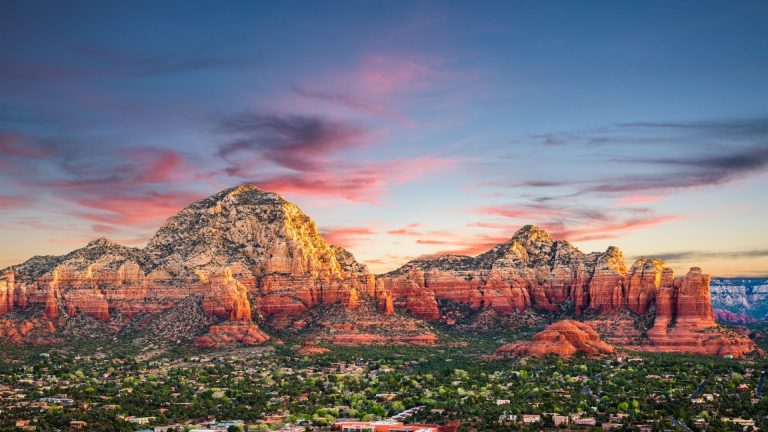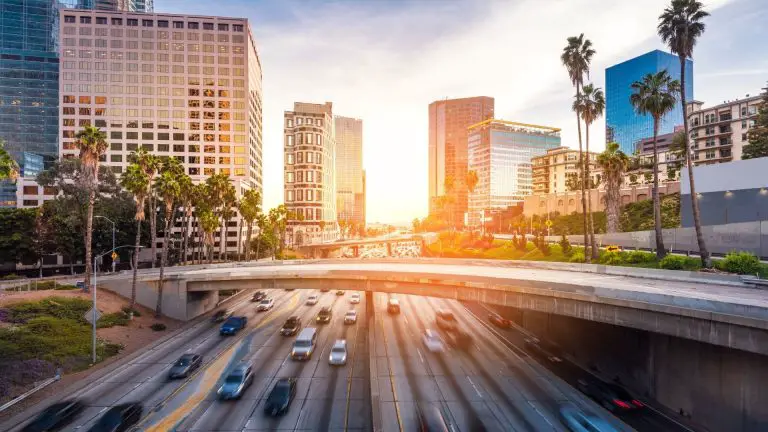San Francisco Graffiti: The Street Art Scene
San Francisco is known for its artistic, creative atmosphere, and it’s no surprise that graffiti art thrives in the city. However, San Francisco graffiti isn’t just about tagging and vandalism. It’s a diverse form of art that often carries significant meaning.

Let’s explore the history of graffiti in San Francisco, discover the must-visit neighborhoods where graffiti art flourishes, and delve into how graffiti artists use their work to address social, political, and environmental challenges faced by the city.
The Evolution of Graffiti in San Francisco
San Francisco’s graffiti art dates back to the 1960s when counterculture movements influenced the city’s artistic expression. Graffiti started as a way for activists to voice their opinions and demands on public walls. The city’s urban environment became a natural canvas for these groups to express themselves creatively. However, during the 1970s, graffiti art became associated with gang violence and criminal activity. The city started to crack down on graffiti vandals. Despite this, the art form continued to evolve, becoming more sophisticated, vibrant, and meaningful.
Exploring San Francisco’s Graffiti Hotspots
If you’re a graffiti enthusiast or simply curious about this urban art culture, here are some must-visit places where you can witness the city’s vibrant graffiti in all its splendor.
- Mission District: Known as the mecca of San Francisco murals, the district offers an array of vibrant, politically charged graffiti art, especially around Clarion Alley and Balmy Alley. These alleys showcase the history, struggles, and dreams of the district’s predominantly Latinx community.
- Haight-Ashbury: Known as the birthplace of the counterculture movement, this neighborhood’s murals reflect its history. Look for graffiti art that commemorates the Summer of Love and pays tribute to iconic musicians.
- SoMa (South of Market): Innovative and edgy, SoMa’s graffiti scene is a testament to the area’s tech boom. The large-scale murals here reflect the city’s rapid transformation.
- The Tenderloin: The graffiti in this neighborhood often addresses social issues such as poverty and gentrification, offering a raw and unfiltered perspective of the city.
- Hayes Valley: Here, graffiti art often revolves around environmental themes, reflecting the community’s commitment to green living.
- North Beach: Murals in this neighborhood often depict the area’s Italian heritage and the Beat Generation. The iconic mural at the Vesuvio Café is a must-see.
- Chinatown: The murals here highlight the rich history and culture of San Francisco’s Chinese community, offering a vibrant celebration of multiculturalism.
- The Castro: Known for its LGBTQ+ activism, the murals in this neighborhood range from vibrant rainbows to powerful tributes to Harvey Milk.
- Potrero Hill: This neighborhood showcases a mix of graffiti styles, many of which reflect the area’s industrial history and current gentrification.
- Excelsior District: Home to the famed ‘Excelsior Mural,’ this neighborhood is known for its vibrant graffiti scene that reflects the community’s diverse cultures and history.

Graffiti as a Voice for Social, Political, and Environmental Challenges
San Francisco’s graffiti artists utilize their craft not just as a form of artistic expression, but also as a platform for social commentary and activism. They tackle a wide range of issues, from gentrification and housing inequality to racial injustice and environmental concerns.
In 2016, San Francisco was grappling with a severe housing crisis, which was pushing long-time residents out of their homes due to skyrocketing rent and property prices – a byproduct of the tech boom. Amid this turmoil, a significant event cemented the role of graffiti in highlighting social issues in the city.
A group of local graffiti artists, known collectively as ‘The Housing Rights Movement,’ organized an influential street art campaign, painting a series of thought-provoking murals across various neighborhoods. These murals depicted the struggles of families being evicted and the alarming erosion of the city’s diverse cultural fabric due to rampant gentrification.
The most impactful among them was a massive mural titled ‘Evicted,’ painted on the side of a building in the Mission District. It portrayed a poignant scene of a family with their belongings on the street, symbolizing the harsh reality of countless San Francisco residents. The mural attracted much media attention, igniting a city-wide conversation about affordable housing.
This event demonstrated the potential of graffiti art as a powerful tool for social activism in San Francisco and underscored the importance of preserving and protecting this unique form of expression.
Frequently Asked Questions about Graffiti

Is Graffiti legal in San Francisco?
Not all graffiti is considered vandalism in San Francisco. Private property owners can commission street artists to create murals on their walls legally. However, the use of public or private property without permission is considered vandalism. This can result in a fine or arrest.
What is the difference between ‘street art’ and ‘graffiti’?
Street art is any artwork created in public spaces for public consumption. Street artists use different media and techniques such as murals, installations and 3D sculptures. Graffiti art typically refers to writing, drawing, or scribbling on walls, surfaces, or other property without the owner’s permission.
Final Thoughts
San Francisco’s graffiti art scene is a reflection of the city’s culture, and social and political issues. The street art scene showcases the city’s creative class, and their desire to experiment with different mediums and artistic perspectives. Graffiti murals have become a significant element of the city’s urban art landscape, transforming dull structures into statements of social concern, memorialization, artistic expression, and identity. Whether it’s hidden alleys or prominent buildings, graffiti art is a vital part of San Francisco’s artistic soul. So, if you’re a lover of art and culture, head out to the streets and start exploring the San Francisco graffiti scene.






